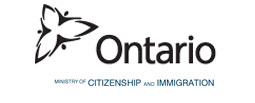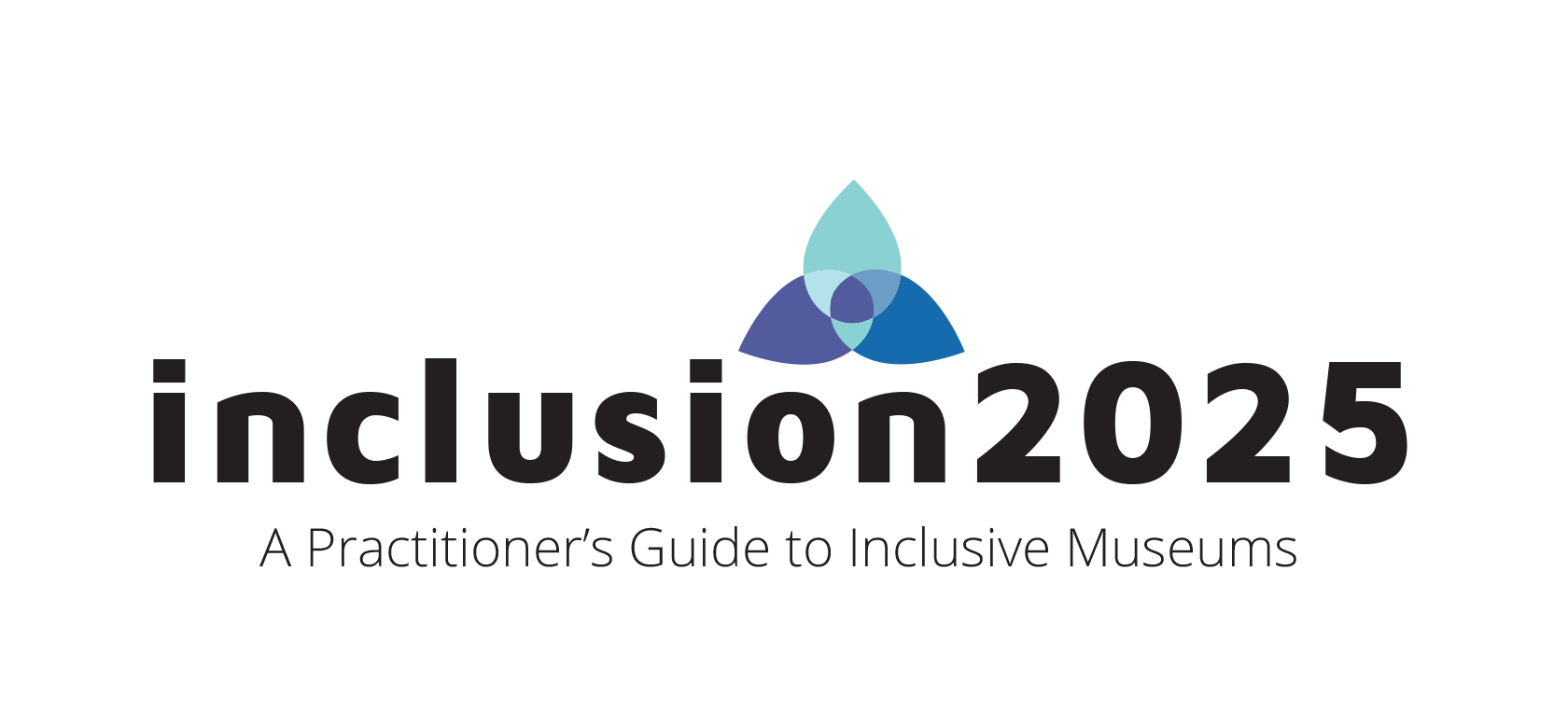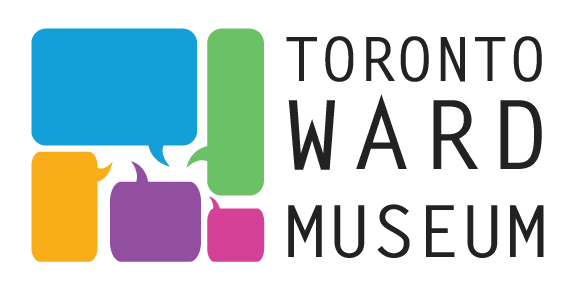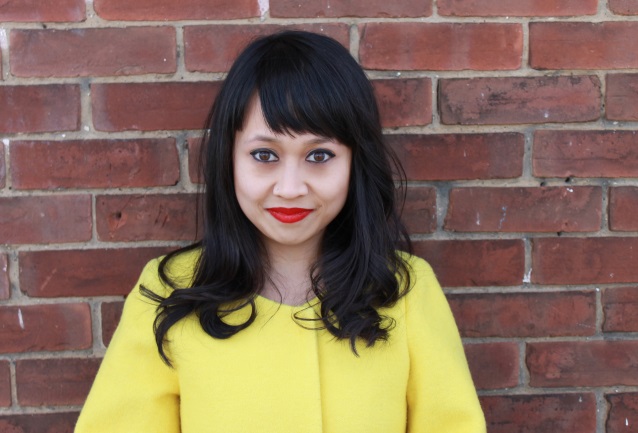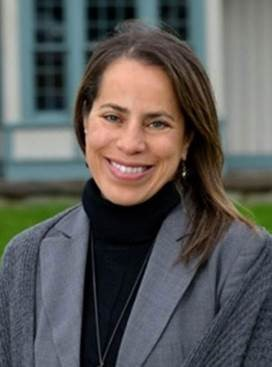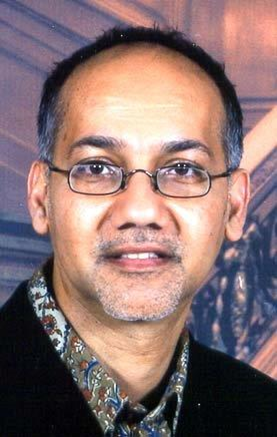Inclusion in Action Case Study: Toronto Ward Museum
Not Just the Numbers: Representation and the Canadian Census
The Toronto Ward Museum
| Preamble | Our Story | Learnings | Moving Forward |
| Acknowledgements | Contributors | Resources | Dig Deeper |

Despite the old refrain that Canadian History is boring and despite the publication of many, handwringing national surveys that document how few school children know John A. MacDonald’s middle name, Canadians are in fact deeply and actively engaged with the past. Their engagement emerges from family story-telling and from their curiosity about the origins and changes in familiar places such as their own homes, neighborhoods, shops, school, workplaces and places of entertainment.
Museums, along with many other public institutions, struggle to engage this popular engagement with the past. The challenge emerges from many, deeply held practices of museum interpretation and education. Simply put, museums do not much trust Canadians to interpret their own pasts. They seek expertise almost exclusively among highly trained professional historians whose interpretations of the past too often still tell a single, national or unitary story that marginalizes diversity so obvious in the lives of ordinary people past and present. When museums present the past as an arena filled only by best-documented Canadians—people who were almost always wealthy and powerful, white and male—culturally diverse audiences cannot connect their own lives to that past.
“Not Just Numbers: Representation in the Canadian Census” (hereafter NJN) attempts to rethink the past by bridging one of the divides separating diverse publics from museums. It aimed to create accessible, welcoming events where interactive, communal discovery could occur through hands-on, collaborative research. It brought together individuals who did not necessarily know one another into non-judgmental conversations about the lives of earlier residents of Canada’s cities. These lives were documented in packets of census, newspapers, photographs, and other reproductions of archival materials. NJN events assumed a detective game with documents serving as clues and three rounds of questions challenging participants to work together to piece together the individual story represented in the documents. The NJN exercise repeatedly demonstrated that everyone, regardless of age, education, or background, could be a researcher. Conversations among these researchers typically required empathy, the making of connections between past and present, and discussions of overlaps among the life-stories of the researchers around the table and the life of the person whose story they sought to tell. The exercise increased public awareness of the considerable resources freely available to them to explore their own past and own family stories, promoting scholarship and story-telling through supportive, collective dialogue.
NJN Video: https://www.youtube.com/watch?v=3PVBhNGo79A
Interested in learning more about new, NJN plans to design a tool for classrooms? See the forthcoming blog by Dan Panneton: http://www.wardmuseum.ca/2147-2/

The Toronto Ward Museum (TWM) is a community-engaged museum without walls that facilitates the preservation and sharing of personal stories of migrants in Toronto’s history. We utilize collaborative processes to identify community needs and opportunities, then use those insights to create programming that promotes empathy and curiosity between storytellers, community members and the larger public. The museum creates forums for dialogue relevant to migration, citizenship and pluralism within an urban context. Finally, it acts as a catalyst in community initiatives and forges partnerships between individuals, communities, and organizations toward our collective empowerment. The name and logo of the museum illustrate the importance of Toronto’s wards or neighborhoods, as the most important sites for community-building, communication, and the interpersonal adaptations and changes occurring among all who live in diverse cities, whether they are newcomers or descendants of indigenous people or earlier European settlers.
NJN had its origins in discussions between TWM’s Gracia Dyer Jalea and public historian Daniel Panneton about how to scale-up popular modes of engaging with the past (through family stories and curiousity about individual neighborhoods) into a public discussion. Dyer Jalea and Panneton met with representatives from several TWM organizational partners for a test-run of a draft NJN event. Feedback collected and through further conversation, a three-round discussion format emerged. By harmonizing diverse communal and individual histories, NJN encouraged participants to envision their nation’s past as a varied and kaleidoscopic collection of stories. Multiculturalism might be a relatively new Canadian policy but cultural diversity has characterized Canada from its earliest days.
NJN was a Canada 150 and Ontario 150 project. It ran as a public program during 2017, holding editions at the Toronto Reference Library, the Global Centre for Pluralism in Ottawa, and the Canadian Museum of Immigration at Pier 21 in Halifax. Evaluation of these events is now completed and a second phase of NJN is in development, creating a toolkit for classroom use.
Participant testimony shared with us their personal feelings on the program:
"It forced us to confront assumptions that we make."
“[NJN] is a fabulous program. As a historian I have worked with this type of information before, but it makes history more accessible for all. Well done!"
"A good opportunity to reflect on how diverse Canada's past is/was."
"An engaging and meaningful program about identity, representation and migration. I felt welcomed in the conversation."

 |
 |
 |
|
Learning #1 Participants reacted very positively to the activity. The mechanics of the game, the historical documents used, and the diversity of case studies were all singled out as having impressed individual participants. Facilitators from partner organizations were impressed with how participants were engaged by the primary documents, and with the quality of discussion that occurred within their respective groups. Many participants were not aware that the resources used in the program are readily available through private and public repositories. In conversation after several of the events, select participants described their intention to perform their own historical research.
|
Learning #2 While we were able to include documents on the lives of individual LGBTQ2S+, Indigenous, and African Canadians, allowing participants to discuss questions relating to class, gender, physical accessibility, sexuality and immigration status, a number of participants noted the lack of gender parity in our case studies. For example, at our first event of 16 cases, only 4 were women. This was a consistent comment at several events, pointing to a need for sensitivity surrounding gender representation and inclusion. The fact that all NJN events were hosted by a white male may have exacerbated these concerns by setting the tone and guiding events. Ensuring greater diversity among hosts and facilitators should be remedied in any future iterations of NJN.
|
Learning #3 Concerns were raised following one of our events about our inclusion of Indigenous material, and our right to interpret indigenous lives or identities in the absence of indigenous participants. Although we reached out to a number of Indigenous organizations seeking partnership and consultation, we were not successful in doing so. Remedying this will be a prime focus for NJN going into 2018. However, it is not the job of representatives of each community to guide stakeholders through the process, and we should recognize that consulting is not an act of delegating work. The shift of venue for NJN from public libraries to classrooms may be important in guaranteeing the participation of indigenous participants in the interpretation of the case studies.
|
In 2018 we will be transitioning our focus from public events to kits that teachers can use in their own class room. We will be reaching out to heritage, community, and activist organizations for guidance and consultancy. We hope that in doing so, we will be able to decentralize intellectual authority further, extending its reach among Canadians and empowering youth to become confident researchers and interpreters of the past.
In an ongoing project such as NJN, reviewing and responding to the issues raised through evaluations and summarized here under the “Learnings” rubric, will be especially important. Collaborative planning and commitments to the inclusion of young professionals and marginalized communities do not alone guarantee inclusive outcomes. By developing NJN as a resource for classrooms and classroom teachers, we hope to reach more diverse, younger audiences and to facilitate both their own engagement as researchers into Toronto’s past and their capacity for reflecting upon, recognizing and critiquing their own place in Toronto’s constantly evolving, complex, multi-cultural population. If you’re an educator concerned with issues of inclusivity and student empowerment in the classroom, we would appreciate any insights, suggestions and feedback you might have: [email protected].

All Toronto Ward Museum Programs are developed as collaborations with multiple partners. For NJN we especially want to acknowledge the growing scholarly and professional expertise of several young adult professionals who planned and implemented the program, notably Dan Panneton, Project Leader & Researcher, and Gracia Dyer Jalea, Founding Executive Director of the Toronto Ward Museum. Special thanks are owed to the Toronto Public Library for providing space for NJN events. We offer acknowledgment and special thanks to our funders, the Community Fund for Canada’s 150th , (a collaboration between the Toronto Foundation, the Government of Canada, and extraordinary leaders from coast to coast) and the Myseum of Toronto.
 |
|
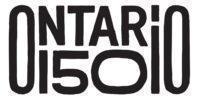 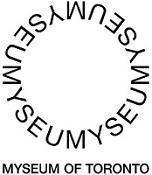 |
We thank our lead partners--the Canadian Museum of Immigration at Pier 21, the Toronto Public Library and the Myseum of Toronto—for their contributions of space, staff time, and inspirational guidance.
 |
 |
 |
Supporting Partners also provided critical assistance in promoting NJN programs. We are grateful to the British Home Children Advocacy & Research Association, the Canadian Language Museum, The Gallery of Portuguese Pioneers, the Jewish Genealogical Society of Toronto, Legacy Voices, the Multicultural History Society of Ontario, OCASI, Ontario Black History Society, the Ontario Historical Society, the UJA Federation’s Ontario Jewish Archives at the Blankenstein Family Heritage Centre, and the Toronto Branch of the Ontario Genealogical Society.
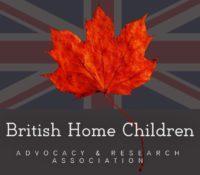 |
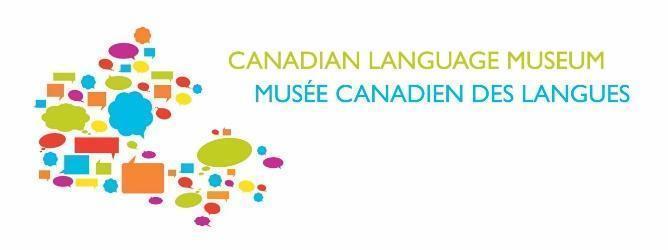 |
 |
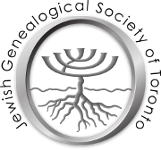 |
 |
 |
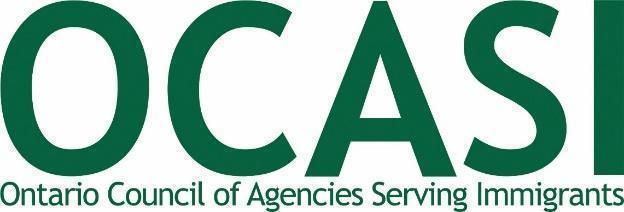 |
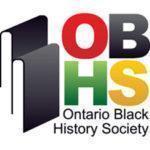 |
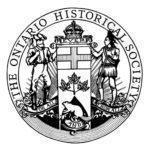 |
 |
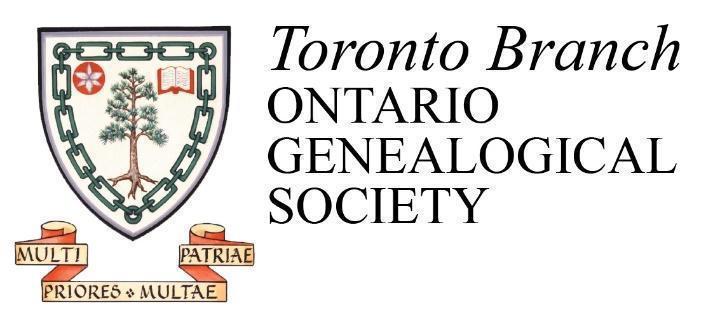 |
|
ADVOCATE |
DONNA GABACCIA Chair and President, Toronto Ward Museum Donna Gabaccia is a Professor of History at the University of Toronto and past Director of the Immigration History Research Center at the University of Minnesota, where she developed the award-winning project “Digitizing Immigrant Letters.” She is the author of 14 books and dozens of articles on immigration to the United States, Italian migration around the world and migration in world history. Her book, Foreign Relations won the 2012 Theodore Saloutos Prize of the Immigration and Ethnic History Society; her most recent book Gender and International Migration received an Honourable Mention from the American Sociological Association. She is a the past president of the Social Science History Association and the recipient of the 2013 University of Minnesota Outstanding Community Service Award for faculty, which acknowledged her public history work with older and newer immigrant and refugee communities in the United States. The granddaughter of Italian and German immigrants to New York City, she migrated to Germany where she worked (with a temporary academic work contract) from 1982 to 1986 and she migrated to Canada in 2014. In February 2017, she acquired sufficient points to apply for permanent residency.
|
|
CATALYST
|
GRACIA DYER JALEA Founding Executive Director, Toronto Ward Museum Gracia is a co-founder and the Founding Executive Director of the Toronto Ward Museum (TWM), Toronto's first museum of migration. She has worked in the non-profit sector for over a decade as an administrator and programmer. Most recently, she was the Programming Director for Friends of the Pan Am Path, working on Toronto’s largest Host City Showcase project for the 2015 Pan Am/Parapan Am Games. Prior to the Games, she worked for the Montreal Life Stories Project based at Concordia University, and co-authored Mapping Memories: Participatory Media, Placed-Based Stories and Refugee Youth. In 2012 she produced the Montreal Life Stories Rencontres, a series of 48 events that took place throughout the city to disseminate the life stories of newcomers and refugees to Quebec. The Rencontres included a yearlong exhibition at the Centre d’histoire in Montreal. She holds a BA in Cultural Studies and World Religions from McGill University and a MA in Media Studies from Concordia University.
|
|
Advisory Committee Member
|
Advisory Committee Member
|
|
President and CEO, Art Gallery of Hamilton |
Specialist: Visitor and Community Engagement, Ontario Science Centre |

Many people dismiss census statistical data because they firmly believe people are “Not Just Numbers”. We agree but try to find stories in the census. See a thought-provoking discussion of the “Not Just Numbers” argument from a student’s point of view: https://www.hastac.org/blogs/amandamaier/2015/12/10/im-not-just-number
Want to learn more about Turning Statistics into Stories: There are workshops for that: https://www.statcan.gc.ca/cgi-bin/workshop/wst2.cgi?workshop=2
Canada 150 encouraged Canadians to think about the Census as a place of story-telling: https://www.statcan.gc.ca/eng/blog/stories
- Benedict Anderson, Imagined Communities: Reflections on the Origin and Spread of Nationalism (London: Verso Press, 1983).
- Bruce Curtis, The Politics of Population: State Formation, Statistics, and the Census ofCanada, 1840-1875 (Toronto: University of Toronto Press, 2001). [Book]
- David Dean, ‘Museums as sites for historical understanding, peace, and social justice:Views from Canada,’ Peace and Conflict: Journal of Peace Psychology, 19.4, 325-337. [Article]
- Ratna Ghosh, ‘Public Education and Multicultural Policy in Canada: The Special Case of Quebec’ International Review of Education, 50.5-6, 543-566. [Article
- John Nagle, Multiculturalism’s Double-Blind: Creating Inclusivity, Cosmopolitanism and Difference (Abingdon-on-Thames: Routledge, 2009). [Book]
- The Pasts Collective, Canadians and Their Pasts (Toronto: University of Toronto Press, 2013). [Book]
- Roy Rosenzweig, ‘Everyone a Historian’ in The Presence of the Past: Popular Uses of History in American Life, eds. Roy Rosenzweig and David Thelen (New York: Columbia University Press, 1998): 177-89. [Book]
- Lois Silverman, ‘Making Meaning Together: Lessons from the Field of American History,’ Journal of Museum Education, 18.3, 7-11. [Article]
- Jeremy Stoddard, Alan Marcus, Kurt Squire, John Martin, ‘Learning Local Immigration History In and Out of the Museum,’ Museum and Society, 13.2, 123-141. [Article]
- The United States Bureau of the Census, Census Education Project: 1990 (Washington: The United States Department of Commerce, 1989). [Book]
- Franklin Vagnone and Deborah Ryan, Anarchist’s Guide to Historic House Museums (Abingdon-on-Thames: Routledge, 2015). [Book]

This resource was made possible by the generous support of the Ministry of Citizenship and Immigration Partnership Grant Program.
